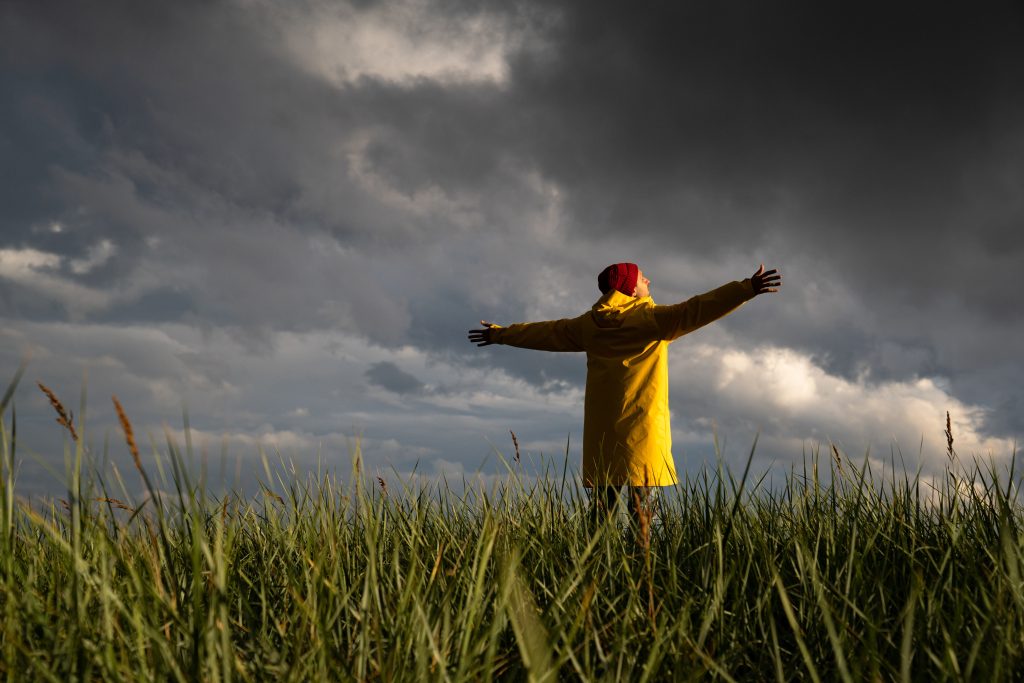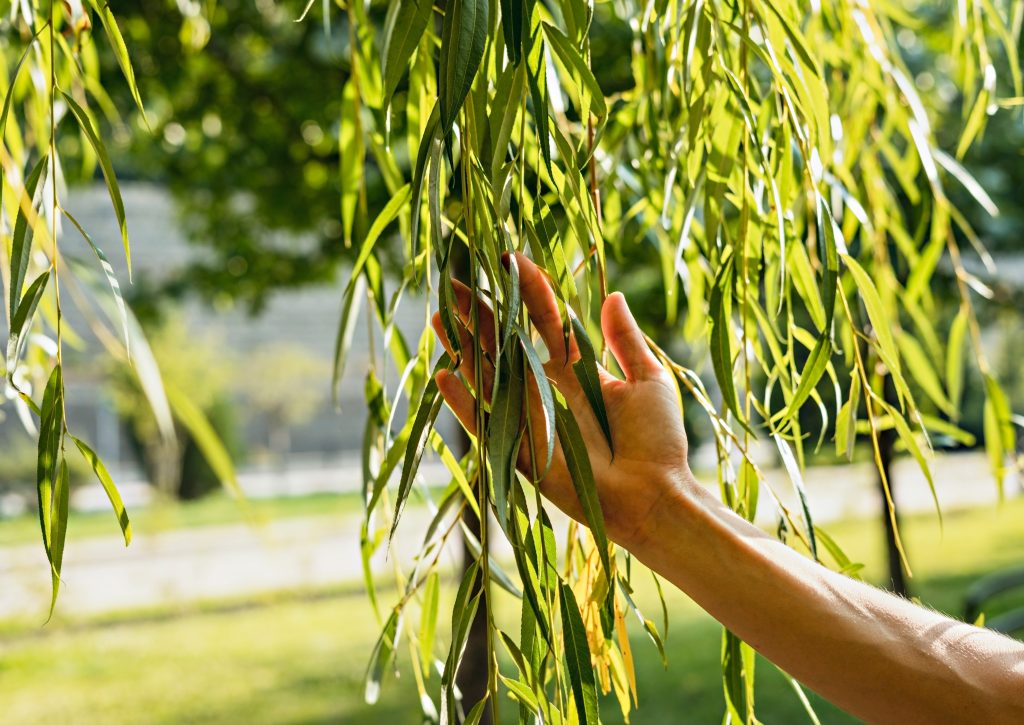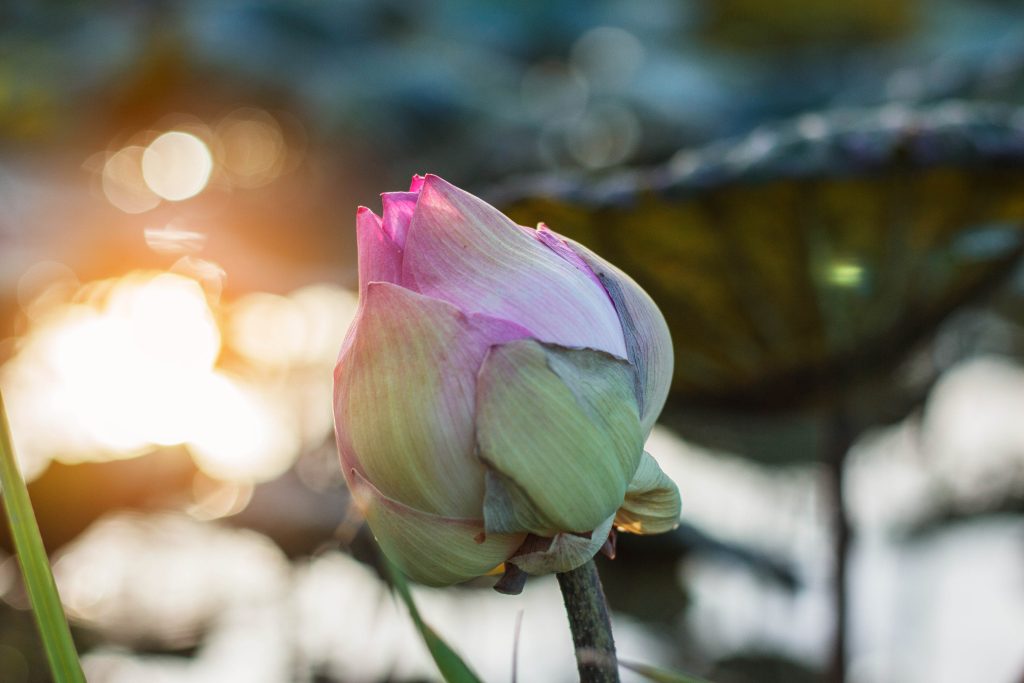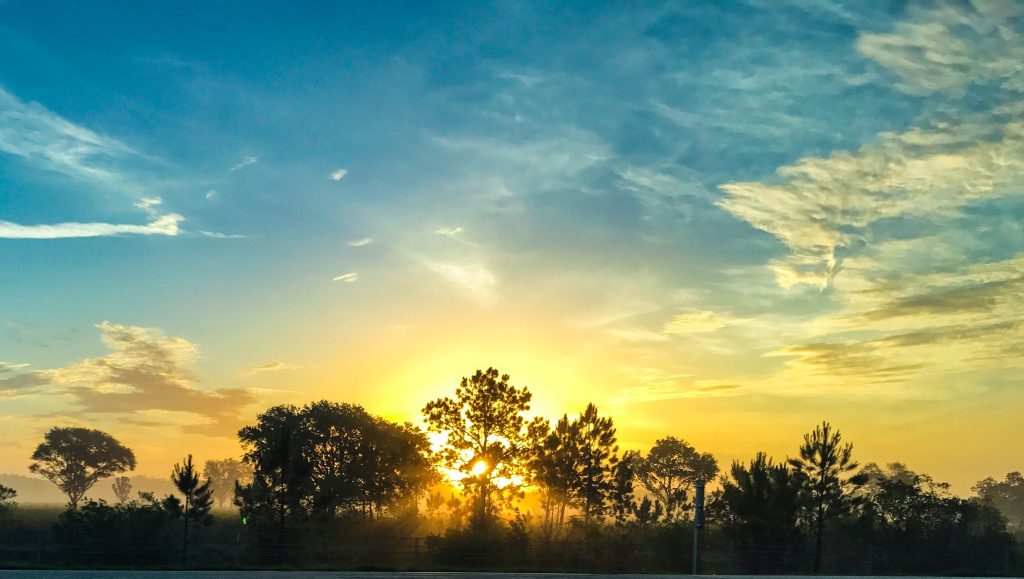The Strength of Staying: Why Recovery Requires Presence
A six-page reflection on choosing presence over escape, and building a life that stays steady through every storm.
1. Introduction: Flipping the Script on Escape
In active addiction, running became instinct. When the weight of grief hit, I ran. When shame wrapped its fingers around my throat, I reached for numbness. When fear whispered, “You can’t handle this,” I believed it. Escape wasn’t just a behavior — it was how I survived.
But recovery demands something radically different: staying.
Not once. Not as a milestone. Every day. Every hour if I need to.
Staying is the practice of not running. Not silencing. Not disappearing. It’s learning how to sit in discomfort, in rawness, in full emotional exposure — and say, “I’m not going anywhere.”
And here’s the truth most people outside recovery don’t understand:
Staying is not passive. It’s one of the most active things I do.
It’s a choice. A muscle. A commitment to presence that defies everything I was taught about how to survive.
Every time I stayed in grief, loss, embarrassment, shame, and guilt — and didn’t run — I picked up new tools. New strategies. New ways to live more fully, more honestly, more openly. Not always. Not perfectly. But I’m learning. And strangely, I’m grateful for the hard stuff. It teaches me how to do hard things.
That’s it. That’s the whole point of this work.
Staying teaches me how to live. Not just exist.
It gives me tools I didn’t have access to when I was constantly running — tools like reflection, patience, courage, honesty, and clarity. It builds a life I can actually inhabit, instead of one I’m constantly trying to escape from.
Staying doesn’t mean I enjoy the hard stuff.
It means I stop abandoning myself in it.
And that — more than anything — is how I’ve started becoming someone I can trust. Someone who doesn’t run. Someone who stays.
2. Staying vs. Numbing — Two Lives, Two Legacies
Nietzsche said, “He who fights with monsters should be careful lest he thereby become a monster. And if you gaze long into an abyss, the abyss also gazes into you.”
I’ve lived that. Most of us in recovery have.
We’ve stared into the abyss — not metaphorically, but for real. Rock bottom. Hopeless nights. The cold grip of withdrawal. The funeral of a friend who didn’t make it. The look in the mirror when we didn’t recognize who we were anymore.
And some of us — somehow — stepped back.
We turned around. We walked forward. Not fast. Not with swagger. But forward.
And that’s where the real miracle begins: we chose to stay.
I used to think numbing was strength. That disappearing was safer than dealing.
Because numbing worked — until it didn’t. It delayed the pain, sure, but it also delayed the growth. The healing. The real me.
And it came at a price:
Shame. Distance. A life that felt paper-thin. A version of myself I didn’t believe in or even like. The further I ran, the more hollow I became — always moving, never arriving.
Staying, on the other hand, hurts at first.
It’s awkward. Unfamiliar. You’re suddenly face-to-face with everything you’ve been avoiding: the grief you never cried, the guilt you never owned, the memories you buried in the fog.
But here’s the secret: it’s where I started to become whole.
Because when I stayed — even when I wanted to run — I discovered something:
I didn’t die.
The feelings didn’t kill me. The storm passed. And when it did, I was still standing — a little shaky, sure, but alive. And more than that: awake.
Two lives. Two legacies.
Numbing offers relief.
Staying offers reclamation — of my voice, my time, my integrity, my soul.
And somewhere along the way, staying gave me something I never expected:
a self I can believe in.
3. The Neuroscience of Staying Present
My nervous system didn’t know what safety felt like when I got here.
Even when nothing was “wrong,” my body was still bracing — for a fight, for rejection, for the crash I just knew was coming. I’d been wired to scan for danger, not peace. And that makes sense when you’ve lived in survival mode for years. But the trouble is, that wiring doesn’t just shut off when the drugs or chaos are gone.
Recovery taught me how to stay long enough to rewire.
Here’s the science of it:
When I stay in a difficult moment — and I don’t reach for distraction or destruction — my brain starts to change. Slowly. Subtly. But deeply.
– The amygdala, my fear and fight-or-flight center, begins to quiet down.
– The prefrontal cortex, the part of the brain responsible for decision-making, regulation, and self-reflection, starts to engage more consistently.
– Over time, I build a wider window of tolerance — that space where I can feel strong emotions without losing myself to panic, impulse, or shutdown.
This is neuroplasticity — my brain learning a new way to be alive. A new way to relate to fear, to sadness, to anger, even to joy.
It doesn’t happen by force. It happens by staying.
And staying isn’t just gritting my teeth through a feeling. It’s:
Breathing instead of bolting.
Naming what’s happening inside instead of ignoring it.
Saying, “I feel anxious right now” instead of, “I need to fix this right now.”
And when I do that?
Even for 30 seconds?
That’s progress.
That’s a new message to my brain: “We’re okay. We don’t have to run anymore.”
4. Long-Term Staying and Self-Worth
In the beginning, staying felt like white-knuckling.
It felt like punishment — like holding still in the fire.
But over time, something changed.
Staying stopped being just about not using.
It became about showing up.
For my life. For my people. For myself.
And that’s when something deeper clicked:
Staying is how I learned to like myself.
In addiction, I bailed on everything — jobs, relationships, responsibilities, even conversations halfway through. I didn’t trust myself to stay, because I knew — deep down — I wouldn’t.
But recovery flips that script.
Every day I stay — in the room, in the meeting, in the truth — I become someone new.
Someone consistent.
Someone others can count on.
And more importantly, someone I can count on.
That’s the quiet miracle of long-term recovery.
It’s not just that others begin to trust me again.
It’s that I start to trust me again.
And that trust creates something even rarer: respect.
Not ego. Not puffed-up pride. But real, grounded self-respect — the kind that says,
“I’ve walked through hell and didn’t run.
I’ve kept promises I once broke.
I’m becoming who I needed when I was still lost.”
When I was using, loyalty, value, and honor were just words.
Now they’re a way of life.
The further I walk, the more I understand:
Recovery isn’t about perfection — it’s about presence.
And presence, over time, becomes proof.
5. Storms and the Blue Sky
There’s this truth I didn’t understand until I’d stayed sober long enough to see it for myself:
I am not the storm. I am the sky it moves through.
Because for most of my life, I believed I was the depression. The anger. The panic. The guilt. If a dark feeling showed up, I thought it was who I was — or worse, proof that I was broken.
But recovery taught me something else:
Emotions are weather. They come. They go.
I am the one who stays.
And staying through the storm is where the real clarity comes.
I’ve sat in grief so heavy it felt like drowning.
I’ve stared at walls that used to call me back into my own destruction.
I’ve stayed in the room when everything in me said, “Get out. Escape. Numb.”
And I’m still here.
That’s the beauty of staying — not that the storm stops, but that I’ve learned to anchor myself inside it.
Sometimes I still forget.
I still get scared.
I still think, “What if this feeling never goes away?”
But it does. Every time.
And when it does, I look up and remember:
The blue sky was always there.
I just couldn’t see it through the weather.
This is what recovery gives me — not freedom from storms, but a relationship with the sky.
A sense of permanence inside me that can’t be washed away by mood, memory, or fear.
Because I am the one who stays.
And I’ve learned to wait for the sun.
6. The Gift of Staying
Staying isn’t something I did once and crossed off the list.
It’s a way of living now.
A choice I make — sometimes with confidence, sometimes through clenched teeth — but still, a choice.
Some days, it’s easy.
Other days, it’s a war inside my chest.
But here’s what I know:
Every time I stay, I come home to myself.
Staying has given me a life that’s real.
Not perfect. Not polished. But mine.
It’s given me friendships that last longer than chaos.
It’s given me a voice that no longer trembles every time I speak.
It’s given me trust — from others, and more importantly, from the person in the mirror.
There was a time when fear ruled me.
When the unknown made me bolt.
When discomfort meant danger and silence meant shame.
But I’ve slow danced with fear. I’ve looked into the abyss and stepped back stronger.
And that power — the will to stay when I could have vanished —
that’s mine now.
Some people are afraid of their darkness.
I’ve learned to befriend mine.
Because it’s the darkness I walked through that gave me the muscle to hold the light.
That’s why I don’t run anymore.
Because I know what it cost to be here.
And I’m not going to abandon the life I’ve built.
So this is what I believe:
Staying is sacred.
Staying is strength.
Staying is proof.
Staying is freedom.
And staying is how I rise, every day — steady, sober, and awake.
Because now, more than anything else,
I know I’m worth staying for.




